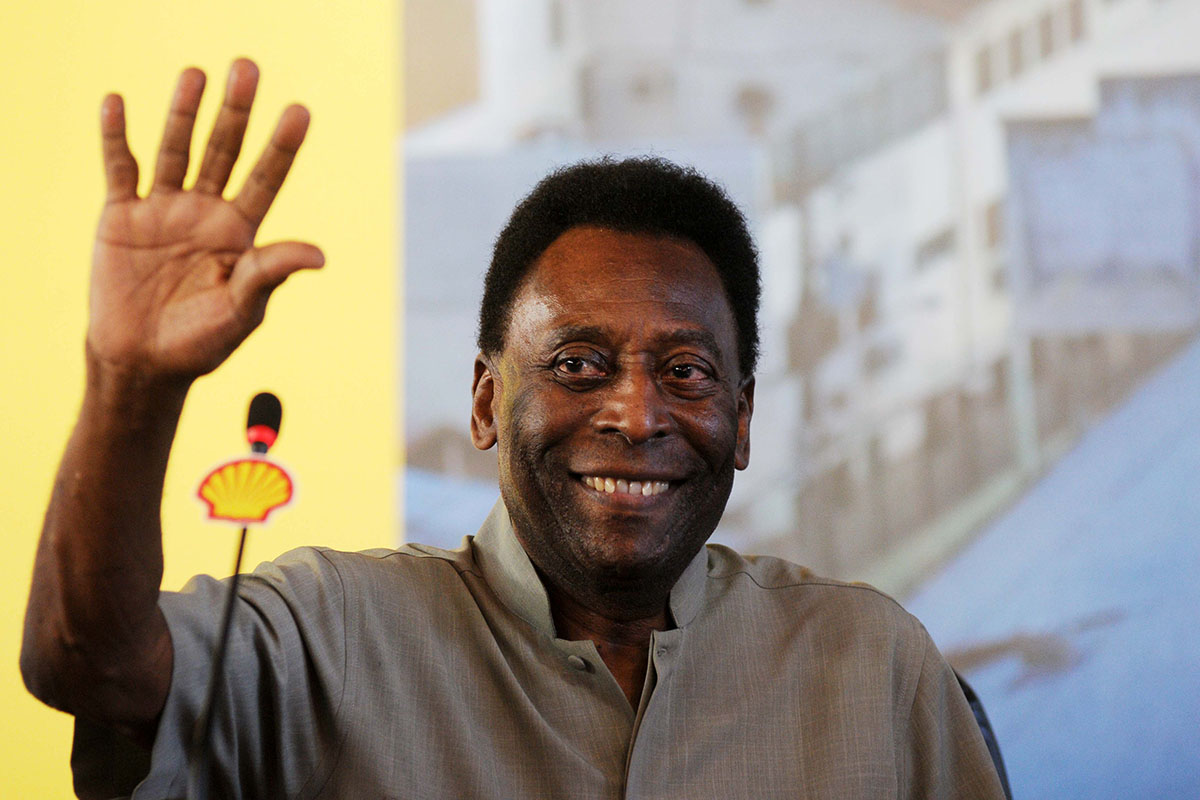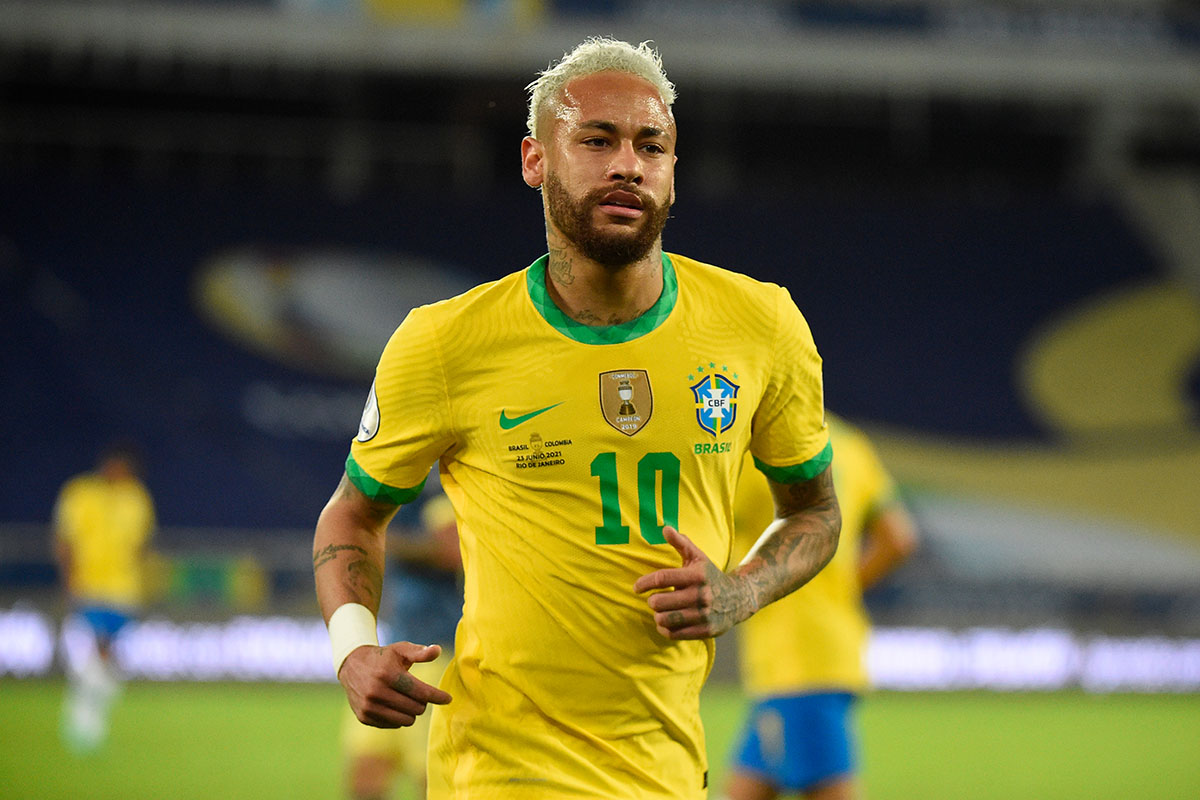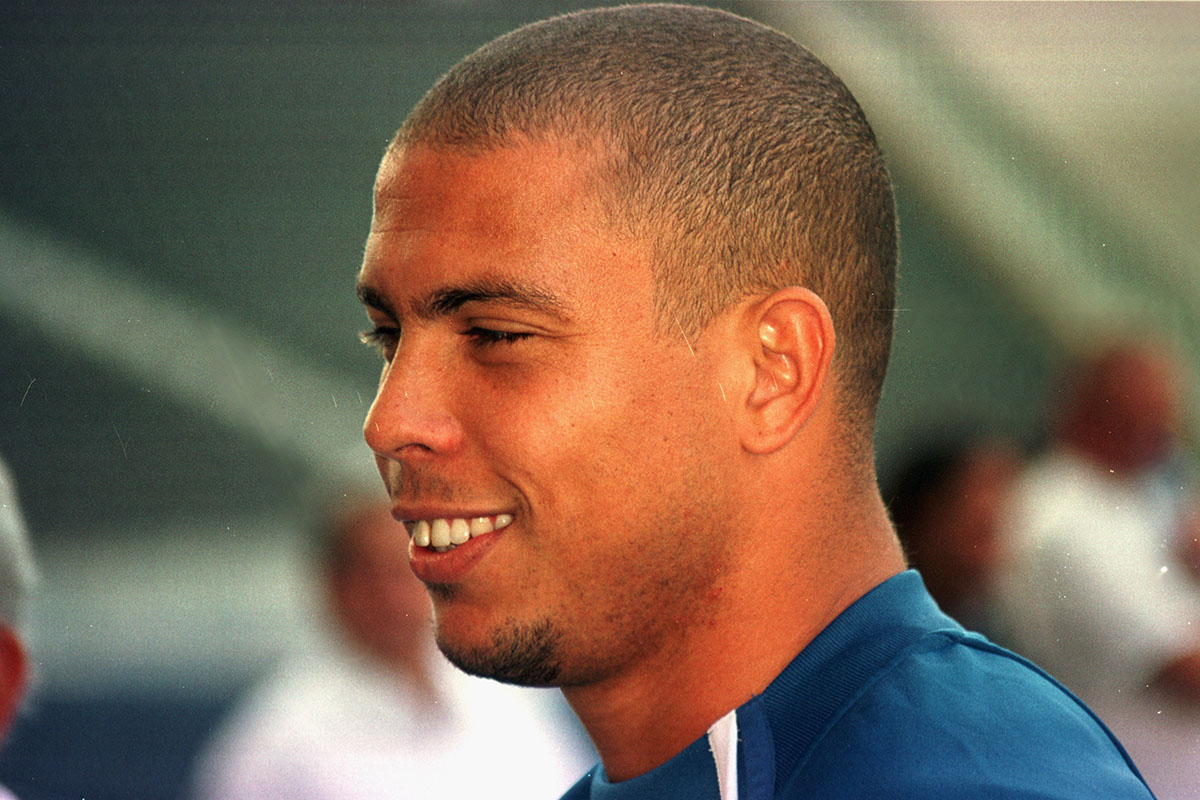Few players in the history of the game are as synonymous with their national team as Pelé is with Brazil. For the Seleção, Edson Arantes do Nascimento was more than a footballer — he was a cultural symbol, a global icon, and the ultimate embodiment of Brazil’s jogo bonito. With 77 goals in 92 matches, three World Cup titles, and countless unforgettable moments, Pelé’s Brazil career remains unmatched in scope and influence.
A Teenage Revelation
Pelé’s Brazil story began in 1957, when he made his international debut at just 16. Within a year, he was at the 1958 World Cup in Sweden, a teenager thrust into the global spotlight. Few expected him to play a major role, but injury to a teammate opened the door. Pelé seized it.
In the quarter-final against Wales, he scored the only goal, becoming the youngest scorer in World Cup history. In the semi-final, he hit a hat-trick against France. And in the final, aged just 17, he scored twice as Brazil defeated Sweden 5–2 to win their first ever World Cup. The sight of Pelé weeping in joy, cradled by teammates, became one of football’s defining images.
Triumph and Trauma in Chile
Four years later, in Chile in 1962, Pelé was again the star attraction. He scored a stunning solo goal in Brazil’s opening game against Mexico, gliding past defenders with trademark grace. But a thigh injury in the second match ruled him out of the rest of the tournament.
In his absence, Garrincha led Brazil to glory. Pelé still collected his second World Cup medal, but it was a bittersweet triumph: evidence both of Brazil’s depth and of his own fragility.
The Dark Years and the Return
The 1966 World Cup in England brought Pelé’s lowest international moment. Brutal defending targeted him mercilessly, and referees offered little protection. Injured and frustrated, Pelé watched as Brazil crashed out in the group stage. He left the tournament vowing never to play in another World Cup.
But Brazil, and the world, needed him back. By 1970, he returned for what would become the crowning chapter of his career.
1970: The Beautiful Game Perfected
The 1970 World Cup in Mexico is often hailed as the most beautiful expression of football, and Pelé was at its heart. Leading a side packed with legends — Jairzinho, Tostão, Rivelino, Carlos Alberto — Pelé was the orchestrator, the inspiration, and the finisher.
He scored four goals, including the opener in the final against Italy, where he rose above the defence to head home with supreme power. Later in the match, he provided the assist for Carlos Alberto’s thunderous strike, widely regarded as the greatest team goal in World Cup history.
Brazil won 4–1, claiming their third World Cup in 12 years, and Pelé became the only player in history to lift the trophy three times. At 29, he bowed out of international football at the peak of his powers, leaving behind a legend that felt untouchable.
Style and Impact
Pelé’s brilliance was multidimensional. He was a prolific finisher with both feet and his head. He could dribble past defenders with balance and imagination. He created as much as he scored, linking with teammates in Brazil’s fluid attacking play.
But his impact went beyond the pitch. In an era before mass television, Pelé was football’s first truly global superstar. His goals and charisma turned Brazil into the sport’s spiritual home, shaping how the world understood the game.
Legacy
Pelé finished his Brazil career with 77 goals, a record that stood for more than 50 years until Neymar surpassed it. Yet his legend transcends numbers. He was the embodiment of Brazil’s rise as a footballing superpower, a player whose artistry defined a generation.
Every Brazilian No 10 since — from Zico to Rivaldo to Neymar — has carried the weight of his legacy. Pelé did not just play for Brazil; he redefined what Brazil meant in football.
For the Seleção, there will always be stars. But there will never be another Pelé.


